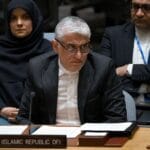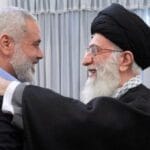„Last week the powerful Guardian Council – which approves all candidates for Iran’s political institutions – announced which contenders it had approved for the February election to the Assembly of Experts. The Assembly is itself an influential institution, in charge of choosing, supervising, and even deposing the supreme leader if necessary. The Council’s decision – approving just 161 of an original list of 794 candidates – poured cold water on hopes that last summer’s nuclear would result in a more moderate regime that could re-engage with the international community. … [W]hile a two-thirds Assembly majority is required to choose the supreme leader, the more radical camp currently controls fifty-eight of its eighty-eight seats – in other words, the required two-thirds. And the radicals intend not only to keep that majority, but also to increase it. … Iran’s political system is like a tent, one whose central pole is the supreme leader. As a result, the reform that so many within Iran and abroad seek can be successful only if initiated or supported by the supreme leader himself. By carefully managing the Assembly of Experts election, Khamenei is making sure no such thing will happen – even after his death.“ (Der wissenschaftliche Mitarbeiter der Foundation for Defense of Democracies Saeed Ghasseminejad in der US-amerikanischen Fachzeitschrift zum Thema Internationale Beziehungen The National Interest: Khamenei’s Plan to Manage Iran After His Death)






